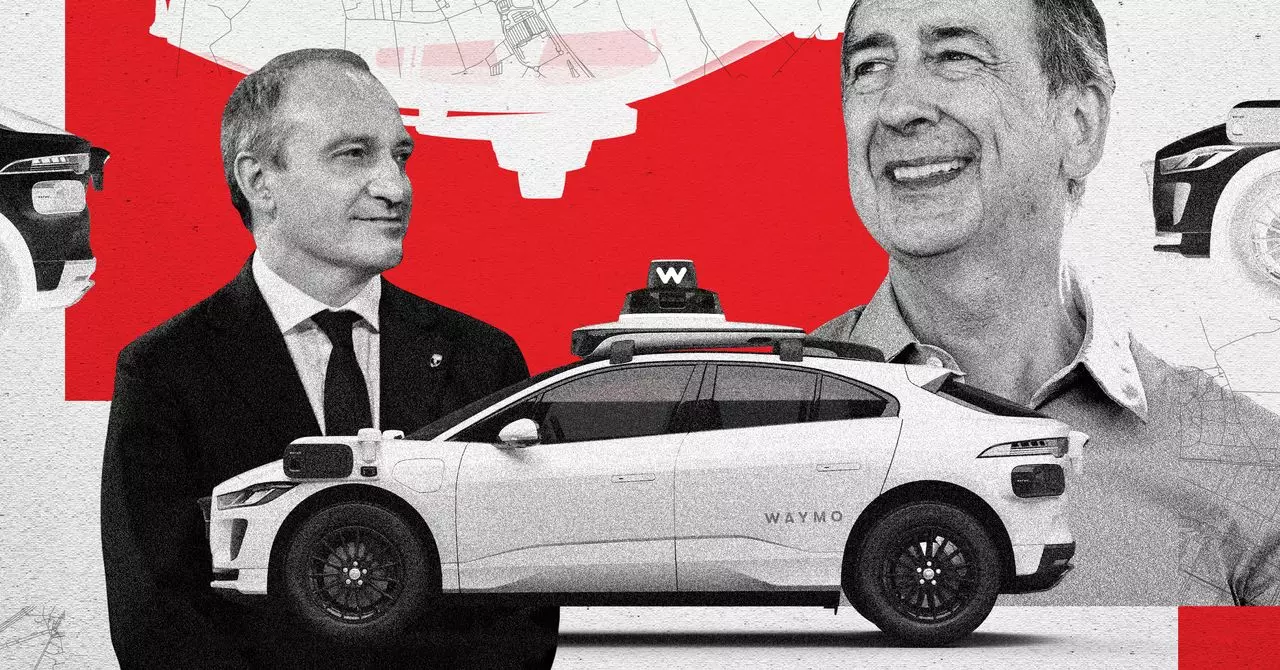Italy faces a pivotal moment in its transportation evolution, one that hinges on more than mere technological advancement. The recent wave of support from over 60 Italian mayors signals a deliberate shift towards integrating autonomous vehicles into everyday urban life. This grassroots political momentum underscores a recognition that sustainable, intelligent mobility solutions require active policy endorsement. The initiative launched in Milan represents a strategic attempt to position Italy at the forefront of European autonomous driving, challenging the continent’s shy and fragmented approach. Such political backing transforms autonomous vehicle development from isolated tech experiments into a national movement, emphasizing localized innovation that can ultimately influence regional and European policies. The commitment of municipal leaders like Beppe Sala and Stefano Lo Russo reveals a forward-thinking mindset that sees autonomous tech not just as a transportation upgrade but as a catalyst for urban renewal and social inclusion.
Bridging Europe’s Innovation Gap
While the United States and China surge ahead with vast investments and expansive testing networks, Europe remains mired in a patchwork of small-scale initiatives. Europe’s inability to harness scale stems from regulatory dissonance across 27 nations, each clinging to distinct traffic rules and legal frameworks. This fragmented landscape hampers the development of large, efficient testing campaigns necessary for technologies to mature and prove their reliability. Italy, with its more centralized approach and motivated local governments, aspires to break this impasse by transforming municipalities into real-world laboratories. The country’s strategy reflects an understanding that innovation must go beyond technology; it depends heavily on political will and pragmatic policy-making. Italy’s efforts aim to create conducive environments where public-private collaborations can flourish, enabling Europe to someday match the bold strides seen in the US and China.
Beyond Technology: Addressing Urban and Social Challenges
Autonomous vehicles are often viewed through the lens of cutting-edge innovation, yet Italy’s priorities reveal a broader social and urban agenda. By fostering autonomous mobility, Italian cities seek to resolve pressing issues such as congested traffic, urban pollution, and inadequate public transport coverage in suburban and rural areas. More importantly, the technology promises to expand mobility rights for vulnerable groups—elderly, disabled, and children—who often face mobility restrictions. For many smaller cities and suburbs, autonomous vehicles could become essential tools in bridging transportation gaps, offering reliable, affordable access to daily necessities. Such visionary thinking elevates autonomous driving from a technological experiment to a societal necessity, promising a future where urban spaces are more inclusive, efficient, and environmentally conscious.
Challenges and Opportunities: A Critical View
Despite the enthusiastic political and social support, significant hurdles remain. Regulatory harmonization across Italy and Europe is still a distant goal, and the high costs of testing and implementation pose a serious barrier. Additionally, public trust in driverless cars remains complex, influenced by concerns over safety, cybersecurity, and the impact on employment. While Italy’s strategy to turn its cities into testing grounds is ambitious, it must be accompanied by robust safety standards and transparent communication to foster public confidence. The country’s success will ultimately depend on balancing innovation with regulation, investment with practicality, and technological potential with societal acceptance. If Italy manages to navigate these obstacles effectively, it could serve as a prototype for more integrated and ambitious European autonomous mobility policies, turning Italy into a true pioneer in the future of transportation.

